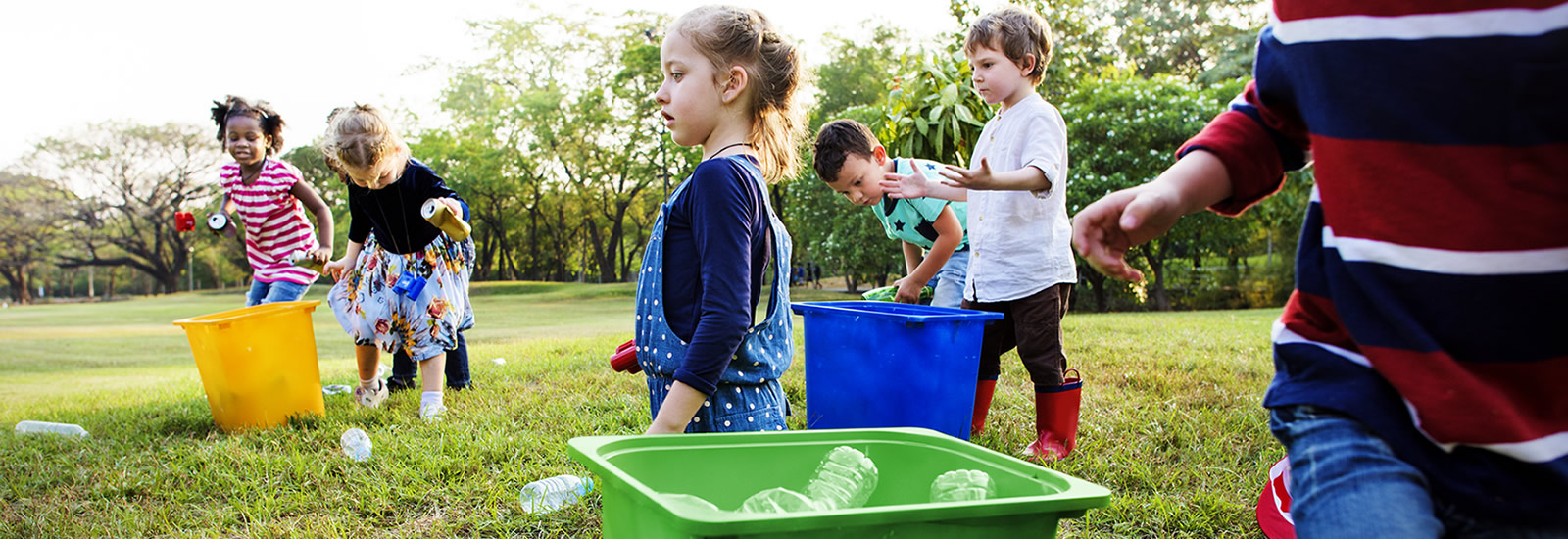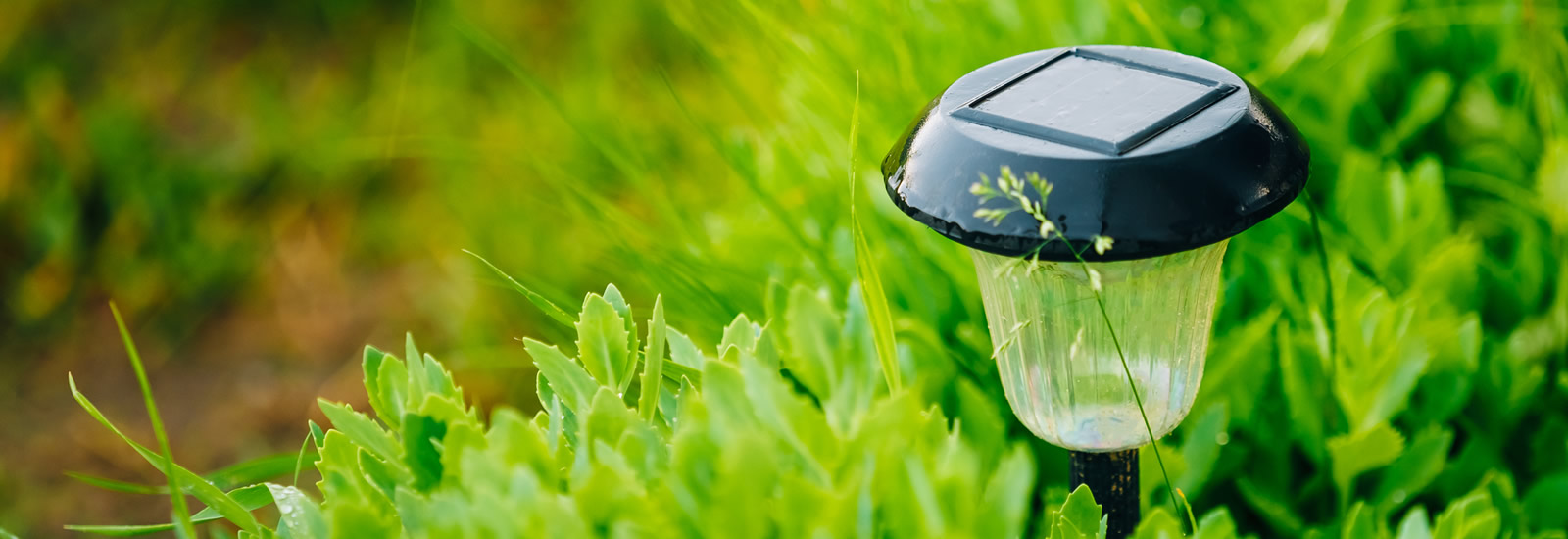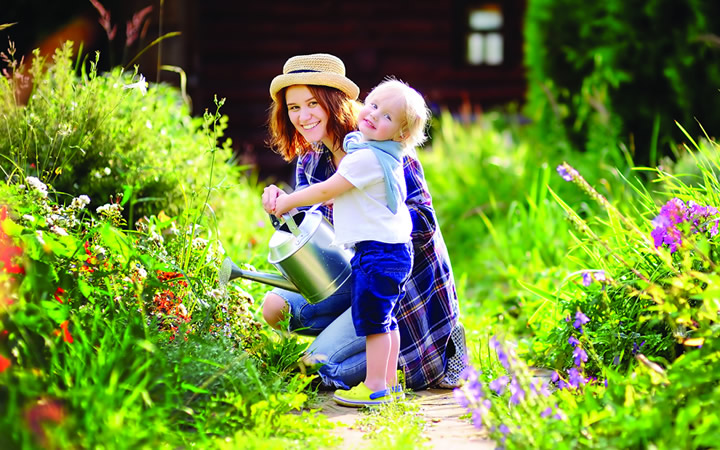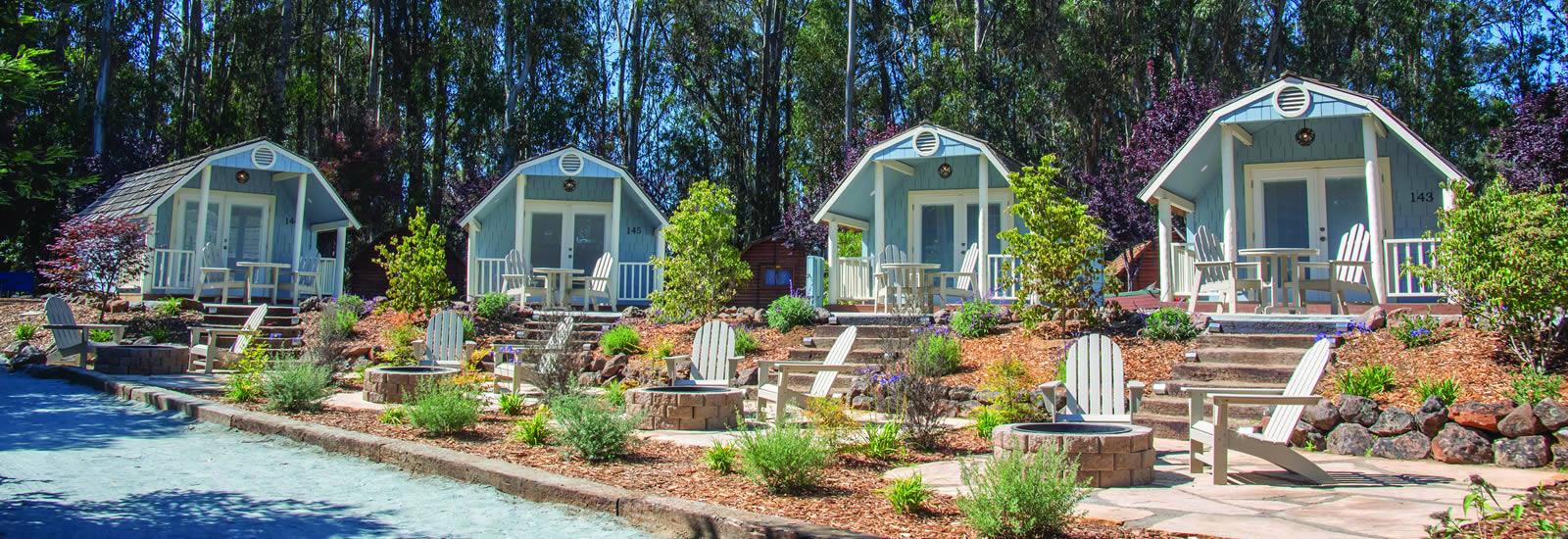Successful environmentally-friendly camping involves the campground and the camper working together to minimize waste and conserve resources. If you are new to the world of sustainability and outdoor stewardship, these eco-friendly camping tips will help.
1. Use Eco-Friendly Camping Gear
If you are a camping beginner and not quite ready to invest in your own gear, rent or borrow someone else's until you are sure what brands and products you like. Be sure to read product reviews before purchasing, so you know you are making the best investment for your family and camping style.
Choose eco-friendly camping gear options, such as:
- Rechargeable batteries for flashlights, fans and other devices.
- Reusable water bottles, plates, utensils and storage containers.
- Green cleaning supplies and biodegradable soap.
- Tents, tarps and sleeping bags made from recycled or sustainable materials, free of toxic dyes or coatings.
- Never rinse or dump wastewater and dishwater into streams, rivers or puddles. Instead, find a drain water basin or carefully disperse it in several different spots, rather than oversaturating the ground in a single area.
2. Walk, Bike and Paddle When Possible
Choose walking or biking instead of driving and kayaking or canoeing instead of boating while exploring local attractions. Vehicle exhaust and fuel leaks threaten local environments and harm human health — and the noise pollution they create can be disruptive in natural settings.

Choose walking or biking instead of driving and kayaking or canoeing instead of boating while exploring local attractions.
Motorboats may release chemicals, toxic hull paint, solvents or oil into the water supply. Your boat could even introduce invasive species to the marine ecosystem if your motor has not undergone proper cleaning and inspection. Water pollution can harm water life and may deem the water unsafe for swimming or fishing.
3. Be Mindful of What and Where You Burn
Never burn items outside of the designated fire ring, only burn firewood and do not burn toxic or dangerous items.
4. Hang a Clothesline
Bring a stretchy cord, rope or twine to create a makeshift clothesline between two trees on your campsite. Tie tree straps — like those you would use for a hammock — around the trunk first to protect the bark from damage as you add weight to the line. You can also drape wet towels and clothes over your cabin porch or RV awning rails. Just remember to bring items indoors if rain or strong winds are predicted.
Spritz clothing and towels with an eco-friendly fabric refreshing spray for that fresh, clean smell.
5. Wear Nontoxic Bug Spray and Sunscreen
Sunscreen and insect repellents are necessary parts of camping and outdoor recreation, but they can have unintended consequences on the environment.
Sunscreen contains chemicals like oxybenzone and octocrylene that wash off into oceans and lakes, where it can impair algal growth, accumulate in coral reefs and injure marine life. The same is true of insect repellents, especially those containing DEET. Look for products marked as "coral-reef safe" or "eco-friendly" to do the right thing for your skin and your environment.
6. Cook With Locally-Sourced Foods
Shop for locally sourced food at farmers' markets, roadside stands and shops that carry community-made goods. Choosing locally-sourced, in-season food means your meat and produce have gone through less production and travel to get to you, creating fewer vehicle emissions, minimizing your eco-footprint and creating a safer, higher-quality product. It also can have less or more sustainable packaging than some alternatives.
Shopping local food supports community relations and promotes sustainable agriculture efforts. The more support local farmers receive, the better they can care for their land and keep it from overdevelopment. Locally-grown food fresh from the farm is the perfect way to immerse yourself in the local community — and it tastes better, too.
7. Protect Local Trails
When hiking at the campground or nearby parks, stay on designated trails and do not forge new paths through undisturbed areas. Wear soft-soled shoes to minimize soil disturbance and refrain from picking or moving things like flowers, plants and rocks. Do not leave anything behind, including litter or waste.
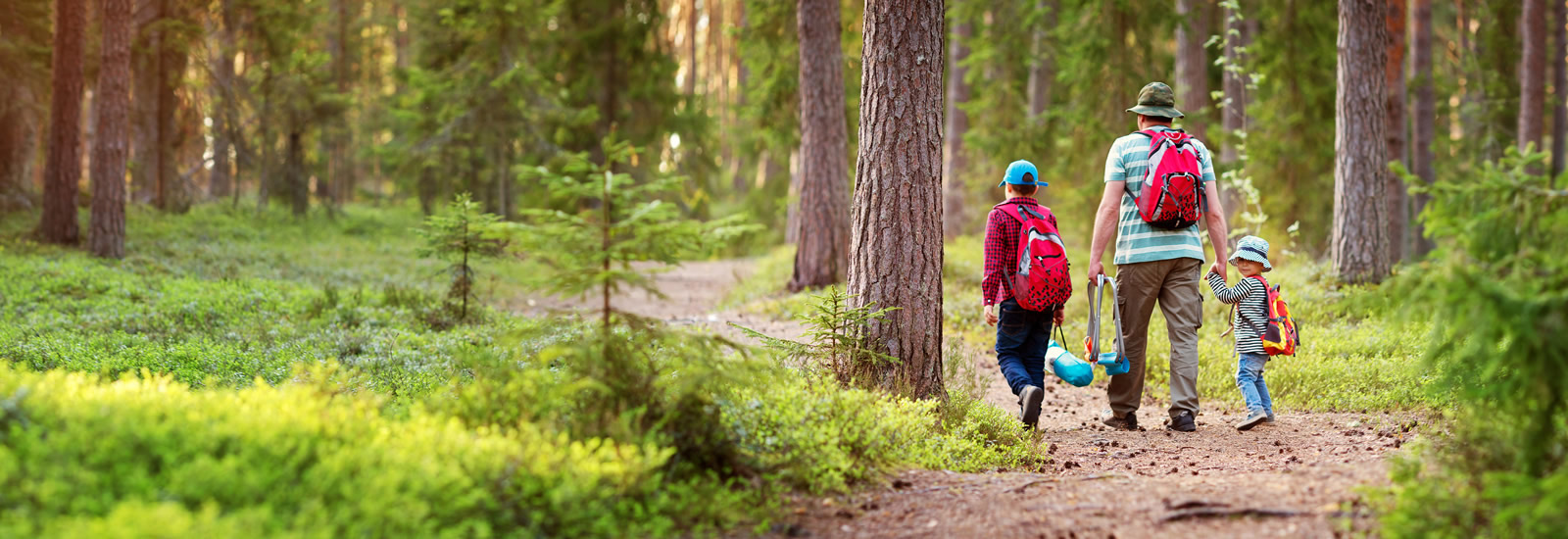
When hiking at the campground or nearby parks, stay on designated trails and do not forge new paths through undisturbed areas.
8. Practice Composting and Recycling While Camping
Consult your favorite KOA to learn more about recycling and composting policies and locations. At your campsite, pack out all site garbage and separate it into different piles, like trash, recycling and composting, when applicable. Examples of recyclable or compostable products include the following:
- Recyclable: You can usually recycle cardboard and paper products, rigid plastics, glass bottles or jars, and metal containers.
- Compostable: Compostables include leaves, grass clippings, non-animal food scraps, pet waste, eggshells, pinecones, used napkins, paper towel tubes, pine needles, used paper coffee filters and paper shopping bags.
You cannot recycle anything soiled or greasy, like pizza boxes and diapers. Also avoid recycling items such as:
- Recyclable: You can usually recycle cardboard and paper products, rigid plastics, glass bottles or jars, and metal containers.
- Film plastics.
- Styrofoam.
- Plastic shopping bags.
- Electronic waste.
- Broken glass.
- Ceramic.
- Lightbulbs.
10. Leave Your Campsite the Way You Found It
Leave your campsite the way you found it by practicing the Leave No Trace principles. Examples of responsible camping include:
- Cleaning up human and pet waste, dirt and trash as soon as possible and not leaving it uncovered overnight.
- Never, ever littering at the campsite or while hiking.
- Protecting the trees by bringing roasting sticks and not cutting branches.
- Keeping lakes and rivers clean when fishing by using lead-free lures and sinkers.
- Using recycling containers at your KOA or setting up a container in your RV or campsite.
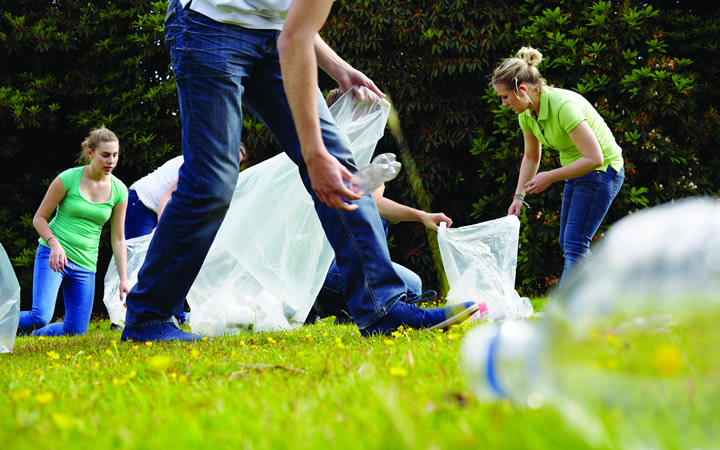
Leave your campsite the way you found it by practicing the Leave No Trace principles.
11. Conserve RV and Cabin Energy
You can save energy inside your RV or Camping Cabin by:
- Keeping windows and doors closed when the AC is on.
- Turning off the TV and lights when not in use.
- Reducing fuel in your RV by driving the speed limit, ensuring your rig is the right weight for its size and keeping the tires inflated.
- Installing proper RV insulation to regulate indoor heating and cooling.
Sustainability and responsible conservation efforts protect and enhance nature, so campers can enjoy the outdoors for generations to come. Find a Kamp Green campground near you to learn more about eco-friendly camping and support this worthwhile initiative.
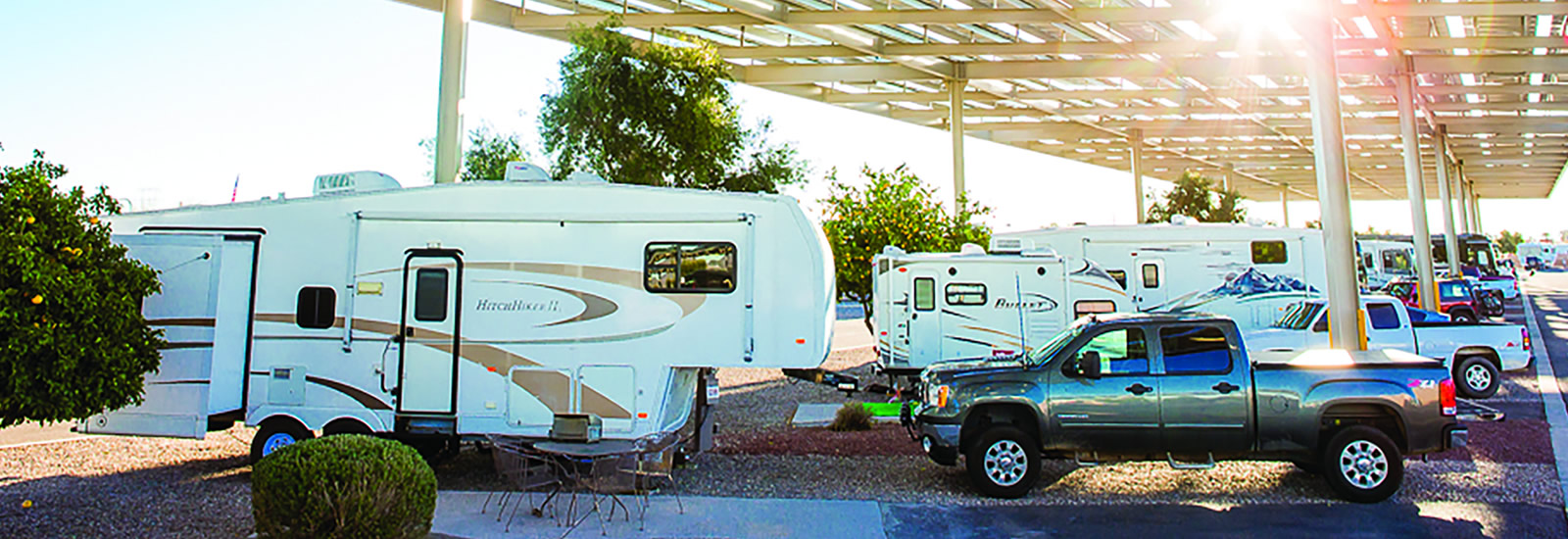
Find a Kamp Green Campground Near You
